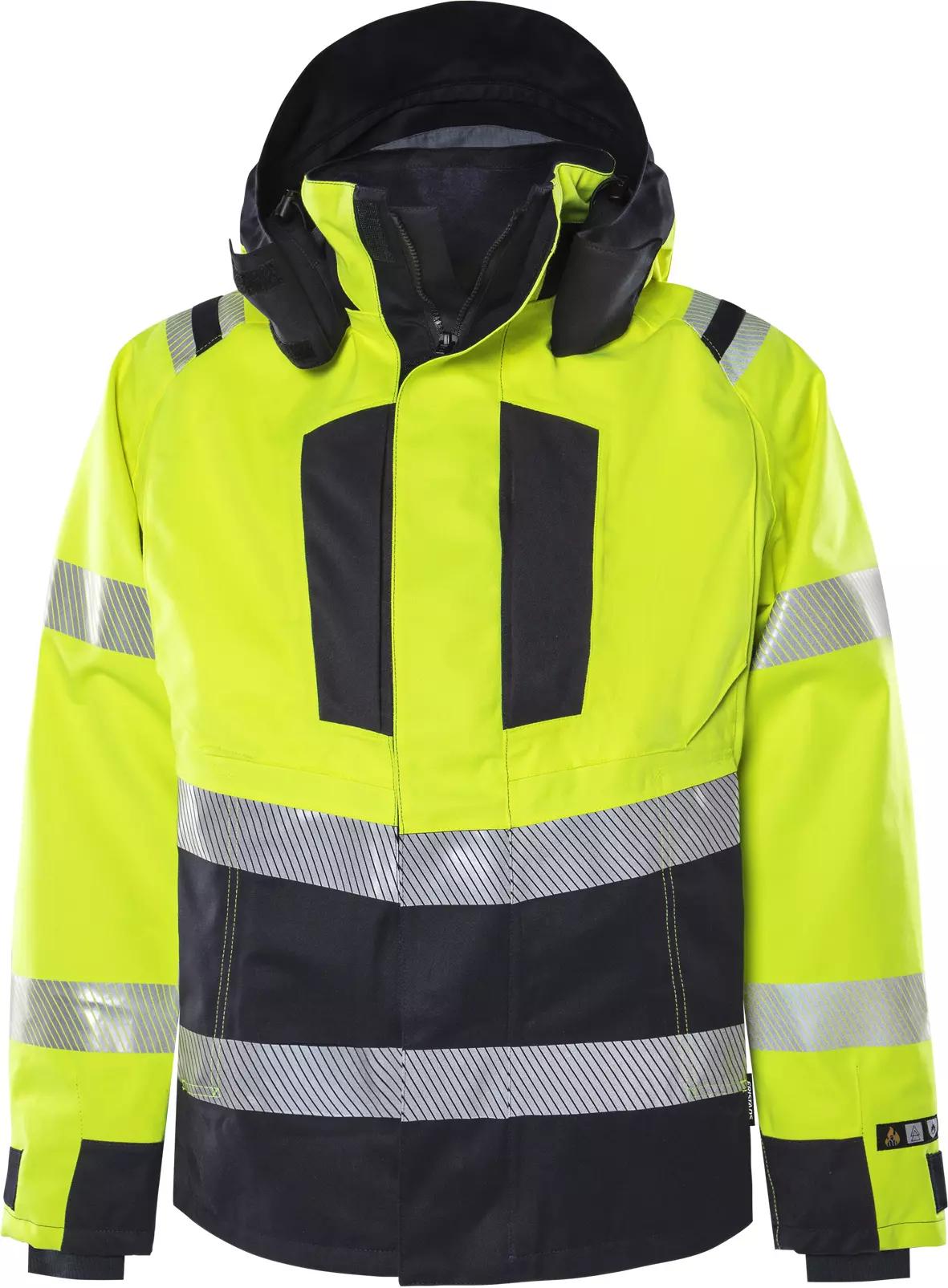Loading Fristads for Germany
Change the country of delivery or ask for an alternative for product code FRI-134416-171 by contacting one of our product experts.

Fristads Flame Retardant High Vis Airtech® Shell Jacket Class 3 4525 ATHR
Fristads Flame Retardant High Vis Airtech® Shell Jacket Class 3 4525 ATHR
4.8 / 5
Change the country of delivery or ask for an alternative for product code FRI-134416-171 by contacting one of our product experts.
Get help from our experts
You can pay with any of the following popular payment methods:
Get in touch with our customer support if you need help
Get help from our experts